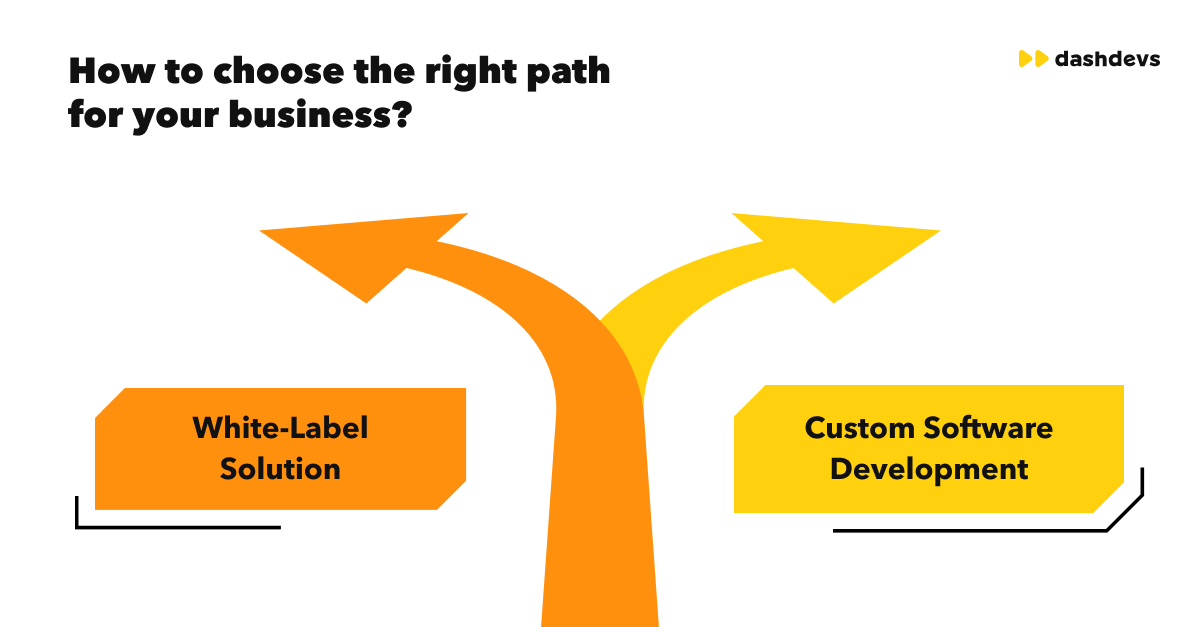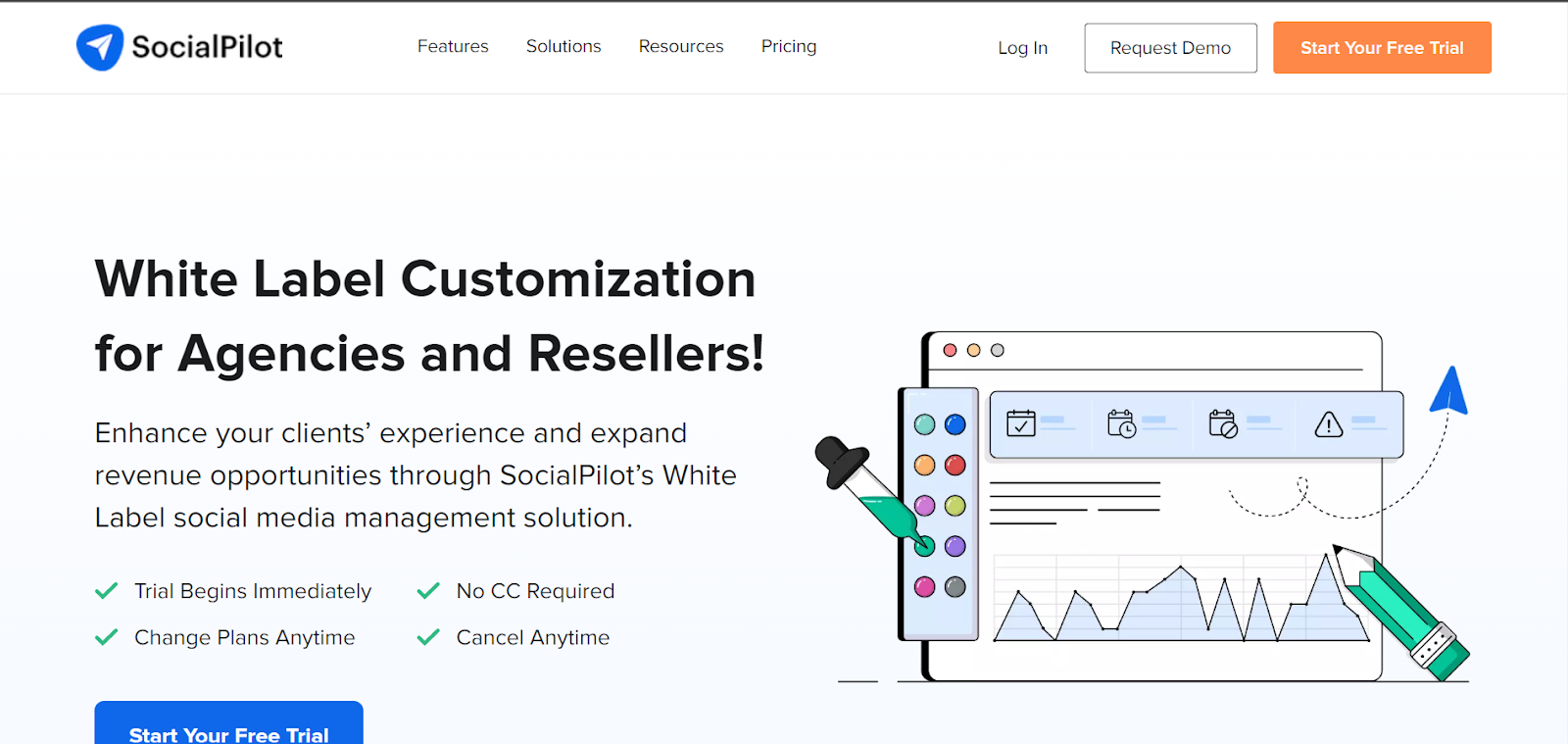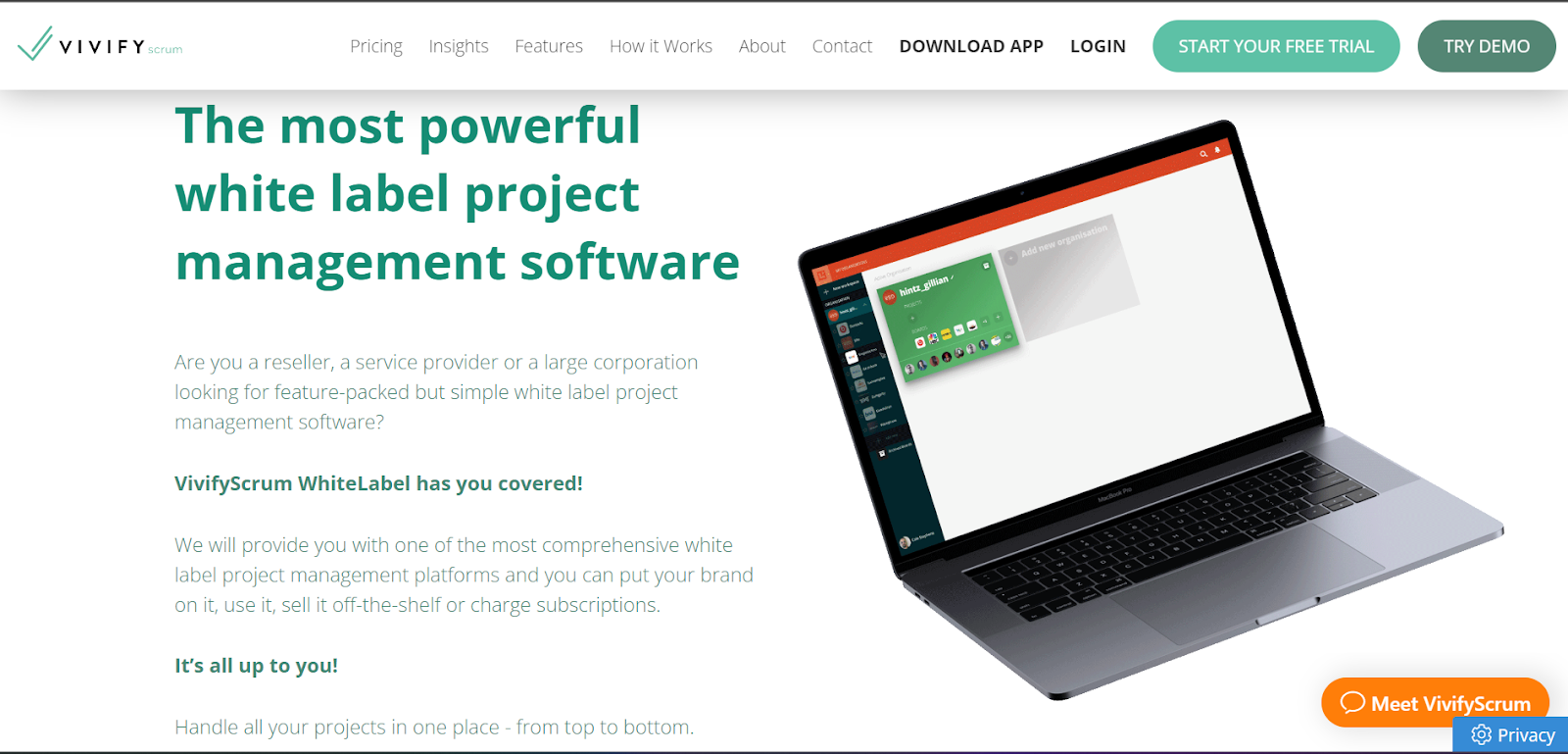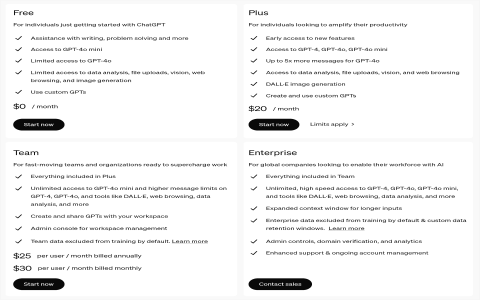So, I got this idea stuck in my head a while back. Needed something super simple for a little project I was tinkering with. You know how it is, you look around at all the tools and frameworks, and they’re just… huge. Bloated. Way more than I needed. I just wanted some basic stuff, clean, no fuss. That’s where the idea for this ‘whitekit’ thing started brewing.

Getting the Ball Rolling
Alright, so I decided to just build it myself. How hard could it be, right? Famous last words. I started sketching things out, thinking about the core components I absolutely needed. Buttons, inputs, maybe a simple layout grid. Nothing fancy. The goal was minimalism.
I fired up my code editor. Started simple. Just basic HTML structure, plain CSS. Thought I’d keep it vanilla, avoid preprocessors or anything that added complexity. First couple of components came together okay. Felt pretty good, actually. Like, yeah, I can do this.
Then Came the Headaches
Things got messy pretty quick. You start thinking about states – hover, focus, disabled. Okay, more CSS. Then you think about different browsers. Ugh. Suddenly my clean, simple CSS started looking like spaghetti. Trying to get things to align pixel-perfectly across Firefox and Chrome was a nightmare. I remember spending one whole evening just fighting with a button’s padding. Seriously, just padding.
And responsiveness! Making stuff look good on a phone, then a tablet, then a desktop… without leaning on a heavy framework? It’s doable, sure, but it takes time. A lot of time. My initial burst of enthusiasm started to fade. I was spending more time debugging CSS quirks than actually building my project.
- Browser compatibility issues were a constant pain.
- Keeping the CSS manageable was harder than I thought.
- Responsiveness took ages to get right.
Hitting a Wall, Then a Rethink
There was this point where I almost ditched the whole thing. I was looking at the code I’d written, and it wasn’t as clean or simple as I’d imagined. It felt like I was just reinventing the wheel, but making a square one. Why was I putting myself through this?

I stepped away for a day or two. Cleared my head. Came back and looked at it again. Maybe I was overthinking it. The point wasn’t to build the perfect, be-all-end-all UI kit. The point was to have something simple enough for my own needs. So, I cut stuff out. Features I thought I might need? Gone. Fancy transitions? Nope. I went back to the absolute bare minimum.
Pushing Through to Something Usable
That simplification helped. It felt less daunting. I focused on getting just the core elements working reliably. Button, input, a basic card maybe. I stopped worrying about pixel perfection across every single browser known to man. Good enough became the new perfect.
Slowly, piece by piece, it started to resemble something usable. It wasn’t pretty, not by professional standards anyway. But it worked for my project. I plugged the components in, styled them slightly to match the project’s look, and moved on. The focus shifted back to building the actual application, which was the whole point.
So, Was It Worth It?
Looking back, it was… an experience. Did I create some amazing open-source UI kit? Definitely not. It’s rough around the edges. Really rough. But I learned a ton about CSS intricacies, browser weirdness, and the trade-offs involved in building things from scratch. It forced me to understand the fundamentals better.
Would I do it again? Probably not for anything serious. Using existing, well-tested libraries saves so much time and pain. But for that specific little project, and for the learning process? Yeah, it served its purpose. It’s my own little scrappy whitekit, built through frustration and late nights, but it got the job done. Sometimes that’s all that matters.

